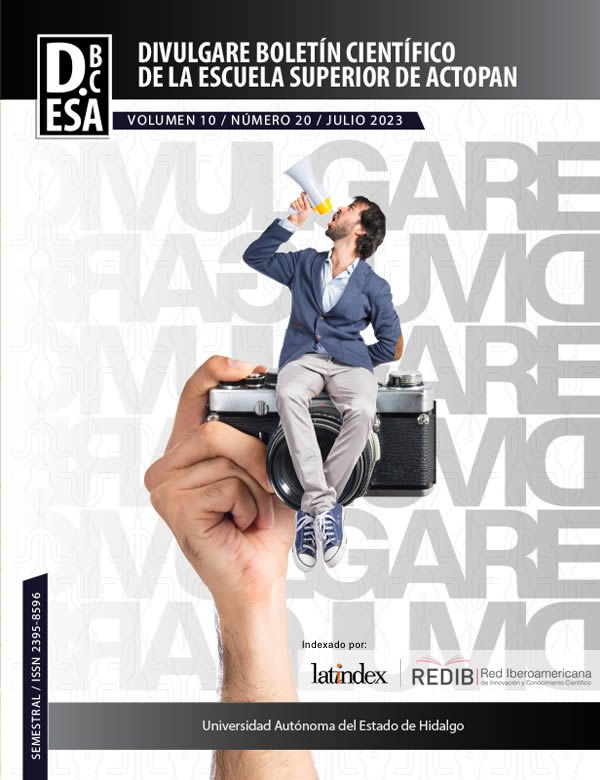Effect of psychological stress on interpersonal cardiac synchronization.
Abstract
Physiological synchronization may occur during this type of interaction. In addition, observing or interacting with someone experiencing stress can generate physiological changes in the observer. The aim of this study was to evaluate the effect of psychological stress on interpersonal cardiac synchronization when people do not interact directly. Seventy-six healthy people with an average age of 18.6 years participated. Cardiac activity was assessed in a baseline and a stress-evoked condition. The synchronization of the interbeat intervals was analyzed by dyads, cross-correlation and mutual information (MI) analyses were used. Comparison between the two evaluation conditions was performed using a T-test. A total of 2850 dyads were formed, only in MI significant differences were found with a reduction of MI in the stress condition. Psychological stress reduced physiological synchronization, although this reduction was only present when considering nonlinear analyses.
Downloads
References
Allen, J. J.B., Chambers, A. S., & Towers, D. N. (2007). The many metrics of cardiac chronotropy: A pragmatic primer and a brief comparison of metrics. Biological Psychology, 74(2), 243-62.
Benardi NF, Codrons E, di Leo R, Vandoni M, Cavallaro F, Vita G, Benardi L. (2017). Increase synchronization of autonomic rhythms between individuals when listening to music. Frontiers in Physiology, 8, 785.
Buchanan, T. W., Bagley, S. L., Stansfield, R. B., & Preston, S. D. (2012). The empathic, physiological resonance of stress. Social Neuroscience, 7(2), 191–201.
Butler E. A. (2011). Temporal interpersonal emotion systems. Personality and Social Psychology Review, 15(4), 367–393.
Dimitroff, S. J., Karda, O., Necka, E., Decety, J., Berman, M. G., & Norman, J. G. (2017). Physiological dynamics of stress contagion. Scientific Reports, 7, 6168.
Decety, J. & Meyer, M. (2008). From emotion resonance to empathic understanding: a social developmental neuroscience account. Development and Psychopathology, 20(4), 1053–1080.
Flores-Duarte, I. M., Pliego-Carrillo, A. C., Ledesma-Ramírez, C. I., Echeverría-Arjonilla, J. C., Peña-Castillo, M. A., Pacheco-López, G., & Reyes-Lagos, J. J. (2019). Comparación de algoritmos lineales y no lineales para la detección del desacoplamiento cardiorrespiratorio en ratas endotoxémicas. Revista Mexicana de Ingeniería Biomédica, 40, 1-11
Gallese, V. (2001). The 'shared manifold' hypothesis: From mirror neurons to empathy. Journal of Consciousness Studies, 8, 33-50.
Hatfield, E., Cacioppo, J. T., & Rapson, R. L. (1993). Emotional contagion. Current Directions in Psychological Science, 2(3), 96–100.
Haas, A. & Langer, E. (2014). Mindful attraction and synchronization: mindfulness and regulation of interpersonal synchronicity. NeuroQuantology, 12(1), 21-34.
Haken H, Kelso JS, Bunz H. (1985). A theoretical model of phase transitions in human hand movements. Biological Cybernetics, 51(5), 347-356.
Herrando, C. & Constantinides, E. (2021). Emotional contagion: a brief overview and future directions. Frontiers in Psychology, 12, 712606.
Hoehl, S., Fairhurst, M., & Schirmer, A. (2021). Interactional synchrony: signals, mechanisms and benefits. Social Cognitive and Affective Neuroscience, 16(1-2), 5-18.
Keysers, C., Kaas, J. H., & Gazzola, V. (2010). Somatosensation in social perception. Nature Reviews Neuroscience, 11(6), 417–428.
Kleinbub J R (2017) State of the art of interpersonal physiology in psychotherapy: a systematic review. Frontiers in Psychology, 8, 2053.
Leman, M., Moelants, D., Varewyck, M., Styns, F., van Noorden, L., Martens, J.-P. (2013). Activating and relaxing music entrains the speed of beat synchronized walking. PLoS One, 8(7), e67932.
Palumbo, R.V., Marraccini, M.E., Weyandt, L.L., Wilder-Smith, O., McGee, H.A., Liu, S. and Goodwin, M.S. (2017). Interpersonal autonomic physiology: a systematic review of the literature. Personality and Social Psychology Review. 21(2): 99-141.
Repp, B.H., Su, Y.-H. (2013). Sensorimotor synchronization: a review of recent research (2006–2012). Psychonomic Bulletin & Review, 20(3), 403-452.
Semin, G. R. (2007). Grounding communication: Synchrony. En Kruglanski, A. & Higgins E. T. (Eds.), Social Psychology: Handbook of Basic Principles. EUA: Guilford Publications.
Semin, G. & Cacioppo, J. T. (2008). Grounding social cognition: Synchronization, coordination, and co-regulation. En Semin G and Smith ER (Eds.), Embodied grounding: Social, cognitive, affective, and neuroscientific approaches. New York: Cambridge University Press.
Trost, W., Frühholz, S., Schön, D., Labbé, C., Pichon, S., Grandjean, D., & Vuilleumier, P. (2014). Getting the beat: entrainment of brain activity by musical rhythm and pleasantness. NeuroImage, 103, 55–64.
Waters, S. F., West, T. V., & Mendes, W. B. (2014). Stress contagion: physiological covariation between mothers and infants. Psychological Science, 25(4), 934–942.
Copyright (c) 2023 Erik Leonardo Mateos Salgado, Carlos Alberto Gutierréz Chávez, José Esael Pineda Sánchez

This work is licensed under a Creative Commons Attribution-NonCommercial-NoDerivatives 4.0 International License.










